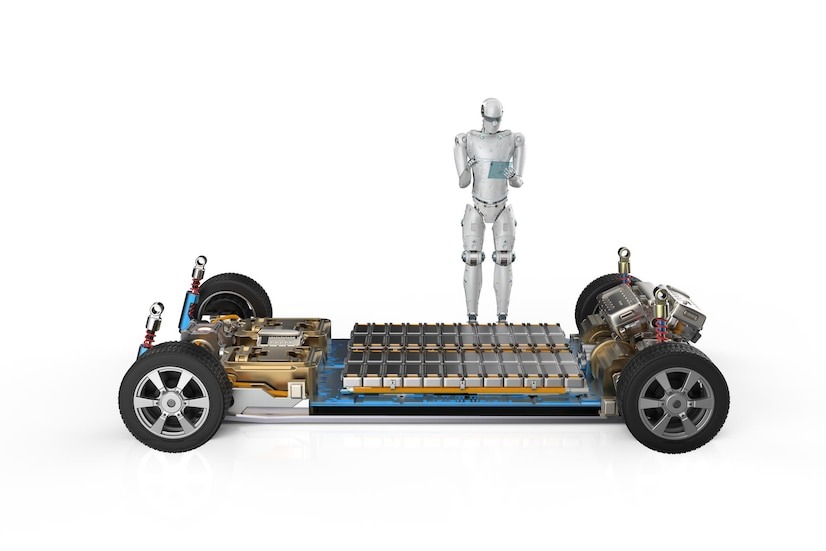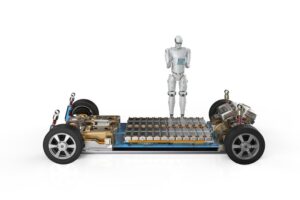Commercial Interior Design: Creating Flexible Spaces for the Future of Work
The future of work is rapidly evolving, and commercial interior design plays a critical role in shaping how businesses adapt to these changes. With the rise of hybrid work models, companies are rethinking the traditional office space to make it more flexible, collaborative, and conducive to productivity. This shift demands a fresh approach to commercial interior design—one that prioritizes adaptability and functionality.
Why Flexibility is Key in Commercial Interior Design
In today’s business world, flexibility is no longer a luxury; it’s a necessity. Companies need workspaces that can easily adapt to different team sizes, work styles, and technological requirements. Traditional office layouts with fixed desks and rigid structures are becoming obsolete. Instead, commercial interior design is now centered around creating spaces that can be reconfigured quickly and efficiently.
Flexible spaces are designed to accommodate various needs, such as:
- Collaborative zones for brainstorming and team meetings.
- Quiet areas for focused, individual work.
- Multi-purpose spaces that can transform from conference rooms to casual lounges.
This adaptability not only fosters a more dynamic work environment but also helps businesses maximize their square footage, making every inch of the office functional and valuable.
Key Trends in Commercial Interior Design for the Future of Work
As businesses embrace the future of work, certain design trends are emerging to meet the needs of modern, flexible office spaces. Here are some of the top trends shaping commercial interior design today:
1. Modular Furniture
Modular furniture allows businesses to reconfigure their office layout on the fly. Desks, chairs, and storage units that can be easily moved and rearranged provide the flexibility needed for teams that are constantly changing. These pieces are perfect for creating multi-functional spaces that can switch between collaborative areas and individual workstations.
2. Technology Integration
Technology is at the heart of modern workspaces. With hybrid and remote work becoming the norm, companies need office designs that seamlessly integrate the latest technology. This includes video conferencing setups, wireless charging stations, and smartboards. Commercial interior design that incorporates technology ensures that employees can stay connected and productive, whether they’re in the office or working remotely.
3. Biophilic Design
Biophilic design—bringing nature into the workspace—has proven benefits for employee well-being and productivity. Incorporating elements like natural light, greenery, and organic materials into commercial interior design not only makes the office more visually appealing but also creates a calming environment. These features can improve mental health, reduce stress, and increase focus.
4. Sustainability
Sustainability is no longer just a buzzword; it’s a crucial component of commercial interior design. Companies are increasingly opting for eco-friendly materials and energy-efficient solutions in their office spaces. Recycled furniture, energy-saving lighting, and sustainable flooring options are just a few examples of how businesses are reducing their environmental footprint while designing flexible work environments.
5. Spaces for Social Interaction
As much as workspaces are designed for productivity, they also need to encourage social interaction. With many employees working remotely part-time, the office has become a place for team bonding and collaboration. Commercial interior design that includes open lounges, kitchen areas, and recreational zones helps foster a sense of community and teamwork.
Designing for Well-being and Productivity
While flexibility is important, commercial interior design must also focus on creating environments that support employee well-being and productivity. The pandemic has shown that employees value spaces that promote health and comfort. Ergonomic furniture, air quality control, and adequate lighting are essential elements of a well-designed workspace.
When employees feel comfortable and supported in their environment, they are more likely to be productive and engaged. By prioritizing both flexibility and well-being, commercial interior design can create workspaces that meet the diverse needs of the modern workforce.
Conclusion: The Future of Commercial Interior Design
As the future of work continues to evolve, commercial interior design must keep pace by creating flexible, adaptable spaces that meet the changing demands of businesses and employees. The focus on modular furniture, technology integration, sustainability, and well-being are just a few ways that interior designers are crafting the workspaces of the future. By embracing these trends, companies can create offices that not only look great but also enhance productivity, collaboration, and employee satisfaction.
This article is optimized to address the keywords “commercial interior design,” while maintaining a human touch to ensure readability and relevance to your audience.













Post Comment